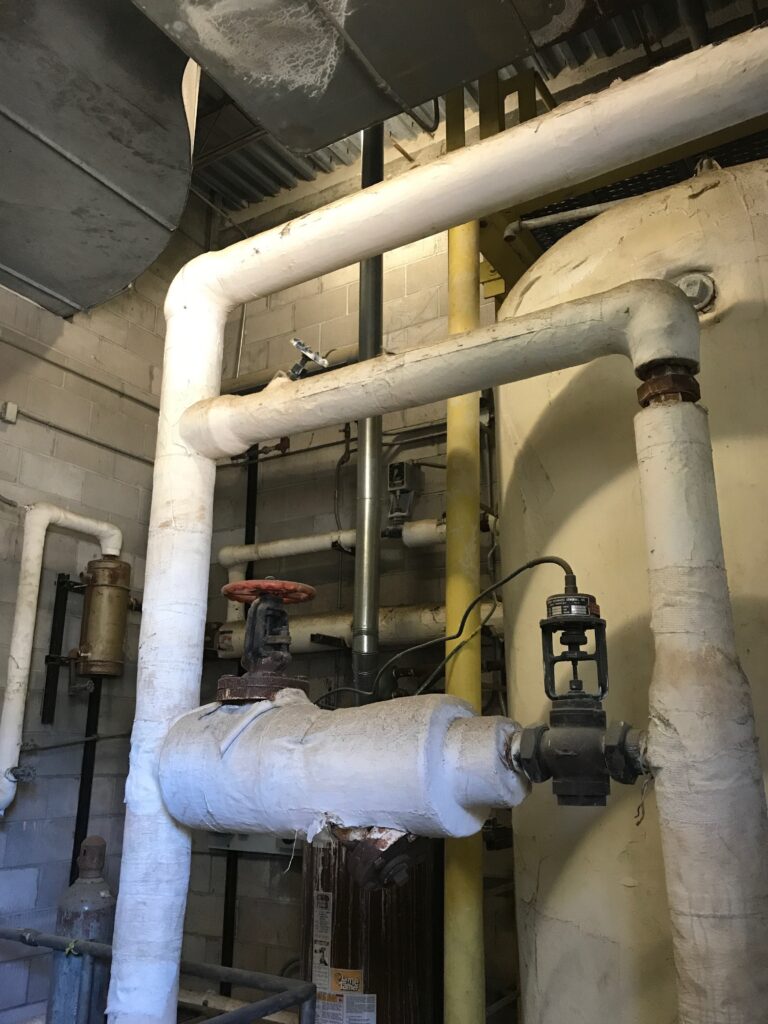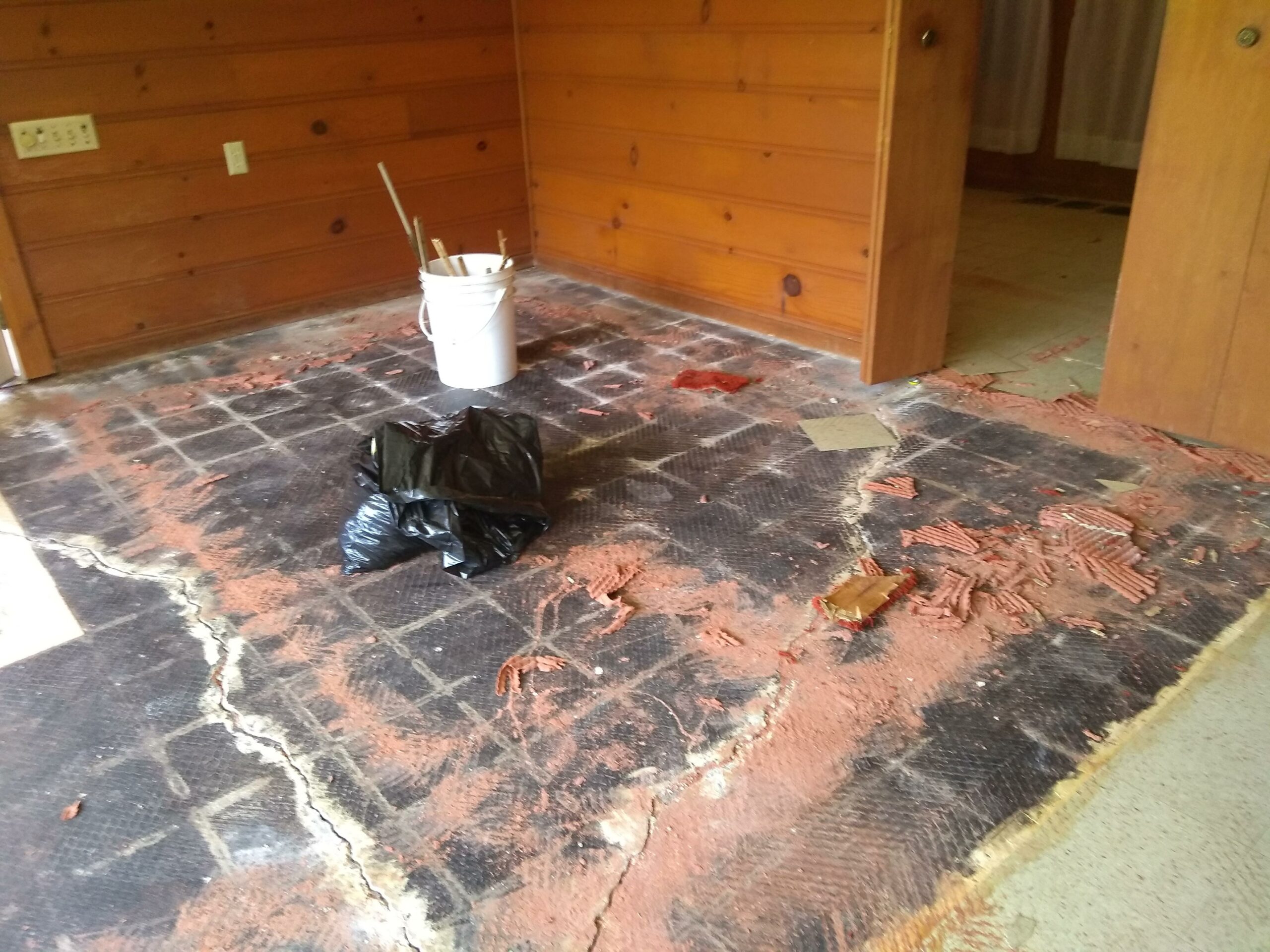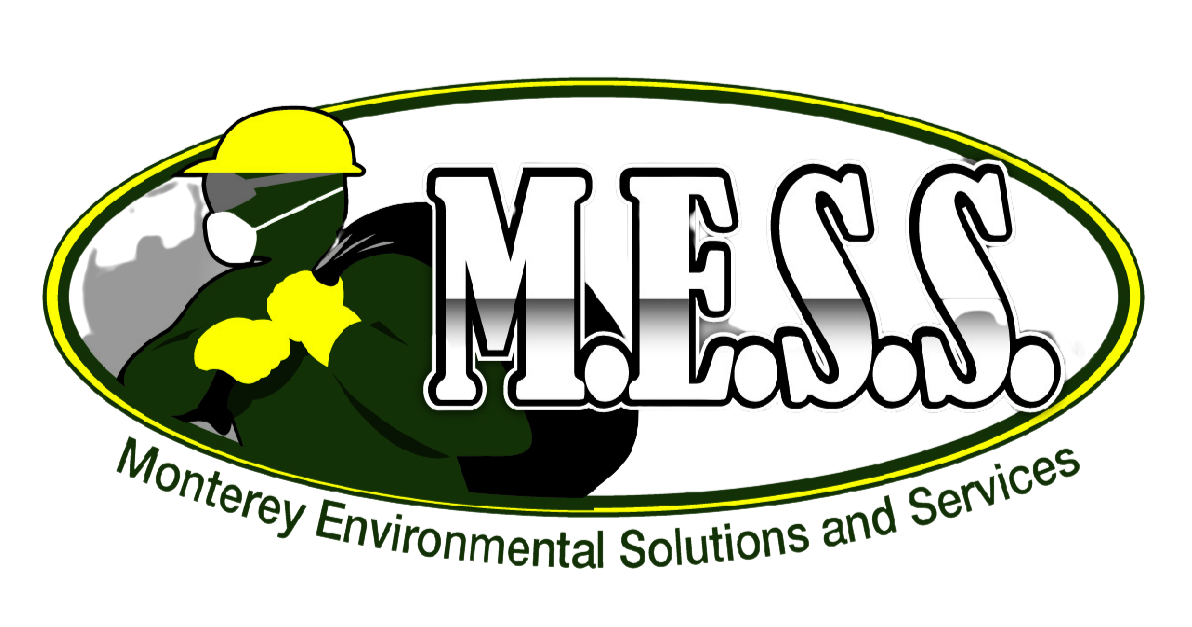If you’ve hired an abatement company or environmental tester, you may have seen the phrases “friable” or “non-friable” asbestos. What’s the difference? After all, asbestos is asbestos, right? It’s dangerous and must be removed.
Yes and no. Asbestos is dangerous when fibers become airborne. Friable and non-friable asbestos essentially tells you how likely that is to happen. The EPA defines friable as any material containing more than 1% asbestos that, when dry, can be crumbled, pulverized, or reduced to powder by hand pressure. So basically, if you can crush it with your hands, it’s probably friable. So why should you care? Here are 4 things you need to know.
Both are bad, but friable is worse.
Friable asbestos has a high potential to release airborne fibers. Simply touching it, walking on it, or even bumping into it can “disturb” it. In most cases, they cannot be removed without crumbling it and releasing more fibers. This means that careful setup and wet methods will need to be used by an abatement team.

Non-friable can become friable when handled.
There are many materials that will hold up to everyday contact, but must be disturbed in order to remove them. A great example of this is vinyl floor tile. Stuck to your floor, you can walk freely over them without damage. But when you start pulling them up with prybars, some will inevitably break and release fibers. This can be mitigated by keeping the material wet.

Both are heavily regulated.
Even non-friable asbestos is still heavily regulated by both the EPA and OSHA. With very few exceptions, they must still be removed, handled, and disposed of by a DOSH licensed company like MESS.
Both are still dangerous.
One analogy you want to avoid is that non-fribale and friable equal safe and unsafe. It’s closer to unsafe and more unsafe. Ultimately, the key difference is how the two materials need to be handled and disposed of. Non-friable asbestos can often be left in place so long as it’s undisturbed. Friable asbestos can be too, but since disturbing it is much easier, it should often be removed ASAP.
